In 2025, Vietnam aims for GDP growth of 8.3-8.5%, aiming to become one of the fastest growing economies in the region.
Growth drivers
Faced with mixed expectations and challenges, economic expert Dr. Chau Dinh Linh said that in a normal scenario, the economy is still capable of achieving a growth rate of about 8% - a figure that surpasses many countries in the region and is higher than the same period last year.
According to him, growth in the final months of the year is expected to be led by several key factors, including a significant recovery in orders from the FDI group, low interest rates stimulating investment and consumption, and the ability to control inflation below the ceiling.
Vietnam's economy still depends heavily on the FDI sector. Currently, orders are recovering positively. The trade balance, including the current account balance, continues to be positive. However, import and export activities still face challenges from unstable tariff policies. Mr. Linh recommends exploiting more advantages in sectors such as agriculture and international tourism.
“Regarding interest rates, the level is currently stable, creating favorable conditions for businesses to borrow for production and people to borrow for consumption. Although some banks have moved to increase interest rates due to liquidity pressure, the impact on the general market is not significant,” Dr. Linh shared.
Regarding inflation, he said that despite being under pressure, the current rate is still around 3%, below the ceiling of 4.5%. Vietnam is fully capable of controlling inflation this year. Public investment is also being promoted as disbursement and construction progress have clearly improved.
According to experts, Vietnam is completely capable of controlling inflation this year (Photo: Manh Quan).
Discussing inflation risks, Dr. Nguyen Duc Do, Deputy Director of the Institute of Economics and Finance (Academy of Finance), forecasts that the CPI in the second half of the year may increase by an average of 0.27% per month, bringing the CPI for the whole year to around 3.4%. In the event of a sharp global economic recession, he forecasts that inflation may only be around 3%.
According to this person, the current inflation situation shows signs of stabilization, mainly thanks to the guaranteed domestic supply and the Government 's efforts in stabilizing prices. He pointed out the factors that keep inflation low this year.
According to him, reciprocal taxes not only change the flow of global trade, but also in the early stages of the world economic slowdown, the demand for goods as input materials for production, including gasoline, decreased, causing input prices to decrease, leading to a decrease in output costs and selling prices.
In this context, the Organization of the Petroleum Exporting Countries and its allies (OPEC+) has agreed to increase crude oil production since the beginning of August, further reducing gasoline prices in the world market and in Vietnam.
"In addition, the continued exemption and extension of taxes, fees, charges, and land rents according to authority, especially the 2% reduction in value added tax; the State Bank keeping lending interest rates low are also important factors to control inflation at a low level this year," the expert commented.
Medium-term challenges
Commenting further, Dr. Nguyen Duc Do emphasized that the USD/VND exchange rate is an unpredictable variable. Although the USD tends to weaken in the international market, the USD/VND exchange rate still increases due to the slowdown in Vietnam's exports, the difference in USD-VND interest rates and the pressure of trade deficit. With the target of 16% credit growth and maintaining low interest rates to support 8% GDP growth, money supply may increase rapidly, creating pressure on domestic prices.
"On the contrary, Vietnam's export difficulties have led to a surplus of domestic goods, contributing to curbing price increases. This paradox shows that growth difficulties have become a factor that helps reduce the risk of inflationary explosion," Mr. Do analyzed.
Sharing with Dan Tri newspaper reporters , Professor David Dapice, an international scholar at Tufts University, John F. Kennedy School of Government, Harvard University (USA) expressed his impression of Vietnam's 7.5% growth in the first half of the year. According to him, Vietnam's impressive growth in the first half of the year partly came from a 40% increase in exports to the US. However, the professor predicted that this trend would slow down in the second half of the year.
Export container transportation activities at Cat Lai Port in Ho Chi Minh City (Photo: Hai Long).
"In fact, imports are growing faster than exports, electricity consumption only increased by 4.5%, while sales in the first half of the year of large enterprises decreased slightly despite inflation. These factors make many people wonder whether GDP growth reflects reality, or is mainly due to FDI and public investment. Although the US Federal Reserve (Fed) has loosened its policy, it is difficult to expect the second half of the year to accelerate as strongly as the first half," he analyzed.
"Although credit has increased sharply, most of it is still used to pay off old debts and has not created new investments. In the short term, growth will rely on concentrated public investment and business procedure reform, with FDI capital continuing to provide additional momentum," he said.
In the medium term, he said, according to analysis by a number of Vietnamese and foreign experts, the rate of labor growth is slowing down, while investment accounts for only about a third of GDP. Under these conditions, Vietnam can only maintain growth of about 3% per year. To achieve a higher level, it must rely on productivity. If productivity increases steadily by 3% per year, GDP can increase by 6% per year.
"In fact, in the 2011-2019 period, productivity increased by an average of 2.6% per year (not including the impact of education). If the 6% pace can be maintained for a long time, by mid-century, Vietnam's per capita income could reach 20,000 USD, entering the group of high-income countries according to WB standards - a great achievement in the context of a fragmented global economy, climate change and an aging population," he analyzed.
4 pillars for Vietnam to grow rapidly and sustainably
According to Professor David Dapice, to maintain rapid and sustainable growth, Vietnam needs to focus synchronously on four pillars: Energy, education, infrastructure and policies to support the private sector.
In the energy sector, the expert said global trends show that solar and wind power are becoming cheaper, while battery storage prices are also falling sharply, making the storage and use of electricity more feasible.
"In the future, Vietnam can absolutely consider new energy options such as small-scale nuclear power or geothermal power. Along with that, building a modern transmission system and allowing private participation in the supply will create a clean, cheap and abundant source of electricity, which is a key factor to improve the competitiveness of the economy," he emphasized.
Professor David Dapice assessed that with a stable energy source, Vietnam has the opportunity to develop data centers - the foundation for digital transformation and artificial intelligence (AI) applications. However, to do this, it is necessary to reform the data management framework, in a more open and flexible direction like the Malaysian model.
Professor David Dapice (Photo: Doan Bac).
"The State can take the first step, but in the long term, only FDI capital has enough scale, technology and experience to build large-scale projects. For example, Google has just announced a $7 billion investment in an AI center in the UK. With a data center, Vietnam can develop AI, a technology that is forecast to be the main driver of productivity and a vital condition to maintain competitiveness," he said.
Education, he said, needs to shift to training specific skills and promoting lifelong learning, rather than focusing on traditional levels. Businesses can participate by building skills certificates for workers, similar to Microsoft's widely applied online training model.
Another pillar is public investment. Professor David Dapice believes that discipline in project selection is key, because if we spread out or pursue ostentatious projects with low efficiency, growth will be held back.
"In addition, although credit has increased rapidly, most of it is still used to restructure old debts instead of promoting real new investment. Besides, if the trend of "rescuing" large corporations in difficulty continues, the economy will have to bear more costs and growth is at risk of slowing down," he noted.
Source: https://dantri.com.vn/kinh-doanh/lam-sao-vua-tang-truong-ben-vung-vua-khong-danh-doi-lam-phat-20250917094924650.htm


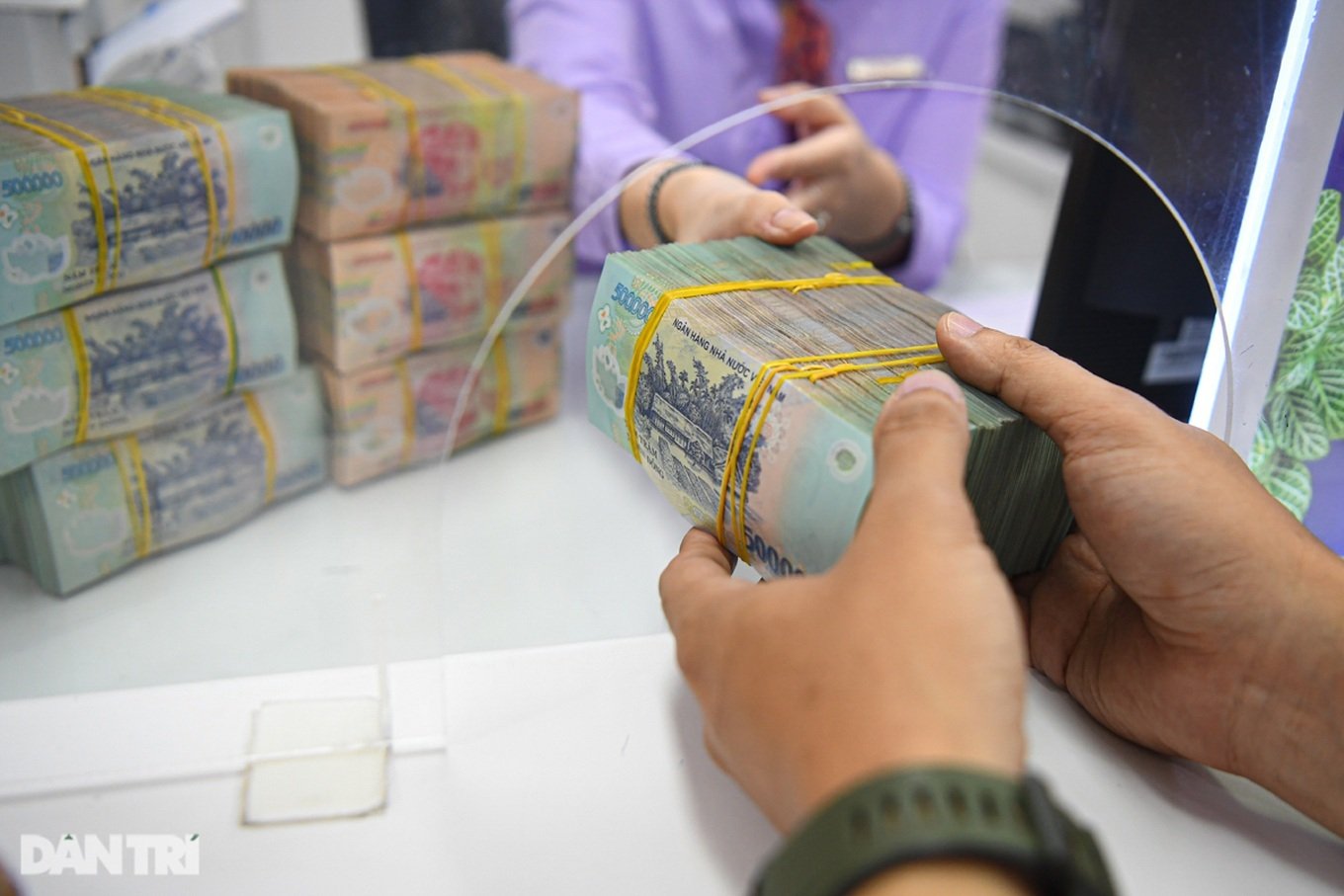
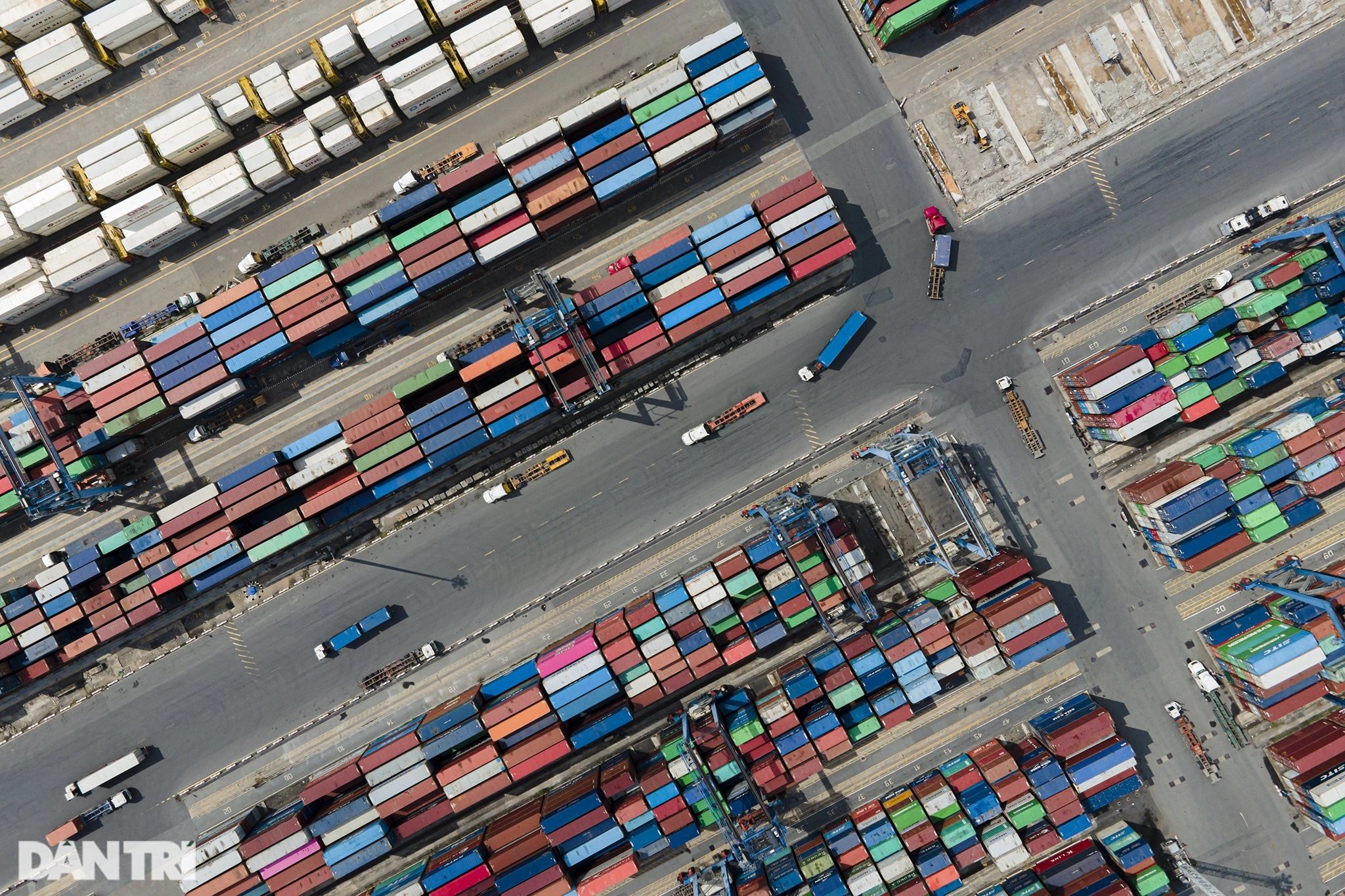
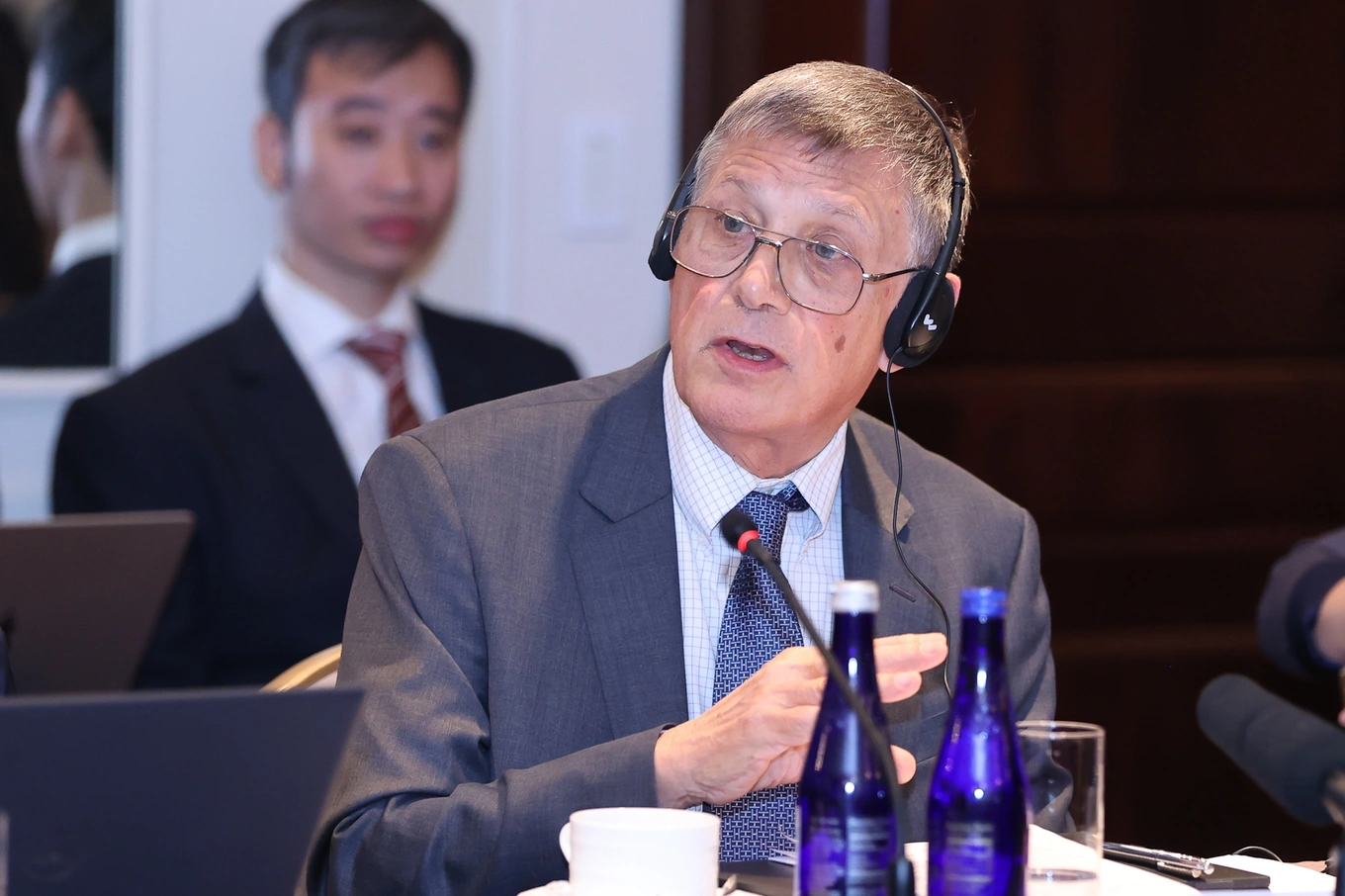

![[Photo] Prime Minister Pham Minh Chinh launched a peak emulation campaign to achieve achievements in celebration of the 14th National Party Congress](https://vphoto.vietnam.vn/thumb/1200x675/vietnam/resource/IMAGE/2025/10/5/8869ec5cdbc740f58fbf2ae73f065076)

![[Photo] Prime Minister Pham Minh Chinh chairs the Government's online conference with localities](https://vphoto.vietnam.vn/thumb/1200x675/vietnam/resource/IMAGE/2025/10/5/264793cfb4404c63a701d235ff43e1bd)








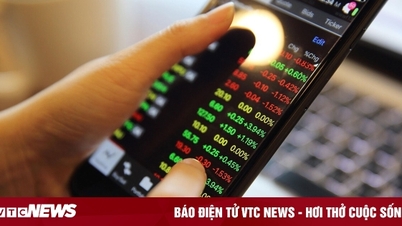
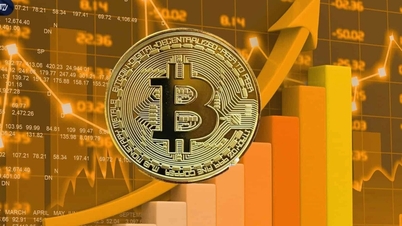








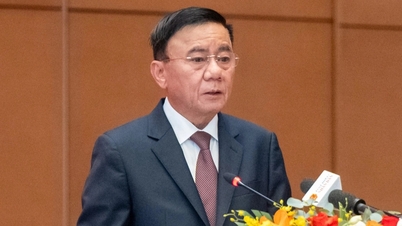
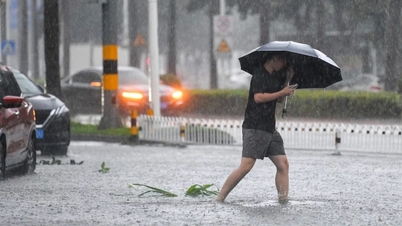
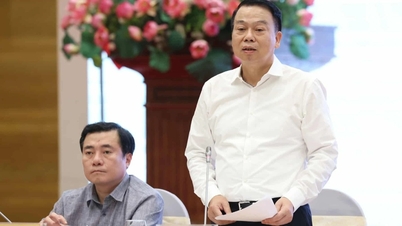


























![[VIDEO] Summary of Petrovietnam's 50th Anniversary Ceremony](https://vphoto.vietnam.vn/thumb/402x226/vietnam/resource/IMAGE/2025/10/4/abe133bdb8114793a16d4fe3e5bd0f12)

![[VIDEO] GENERAL SECRETARY TO LAM AWARDS PETROVIETNAM 8 GOLDEN WORDS: "PIONEER - EXCELLENT - SUSTAINABLE - GLOBAL"](https://vphoto.vietnam.vn/thumb/402x226/vietnam/resource/IMAGE/2025/7/23/c2fdb48863e846cfa9fb8e6ea9cf44e7)



































Comment (0)